Approximately 60 km from Bologna and a few kilometres from Porretta Terme, and precisely near Grizzana Morandi, there is a building whose architecture cannot fail to leave those who come across it open-mouthed.
In fact, among the green mountains of the Bologna Apennines stands a castle that combines the mediaeval and Arab-Moorish styles: a decidedly original and atypical composition for the area. And for this very reason it is impossible not to be enraptured by the fascinating statues, decorated windows, mosaic-covered inner courtyards and architectural views worthy of an Escher painting.
This is the Rocchetta Mattei built in the second half of the 19th century at the behest of Count Cesare Mattei, a man of letters and homeopath, founder of a medical science called electromeopathy, a sort of mixture of homeopathy, phytotherapy, alchemy and magnetism.
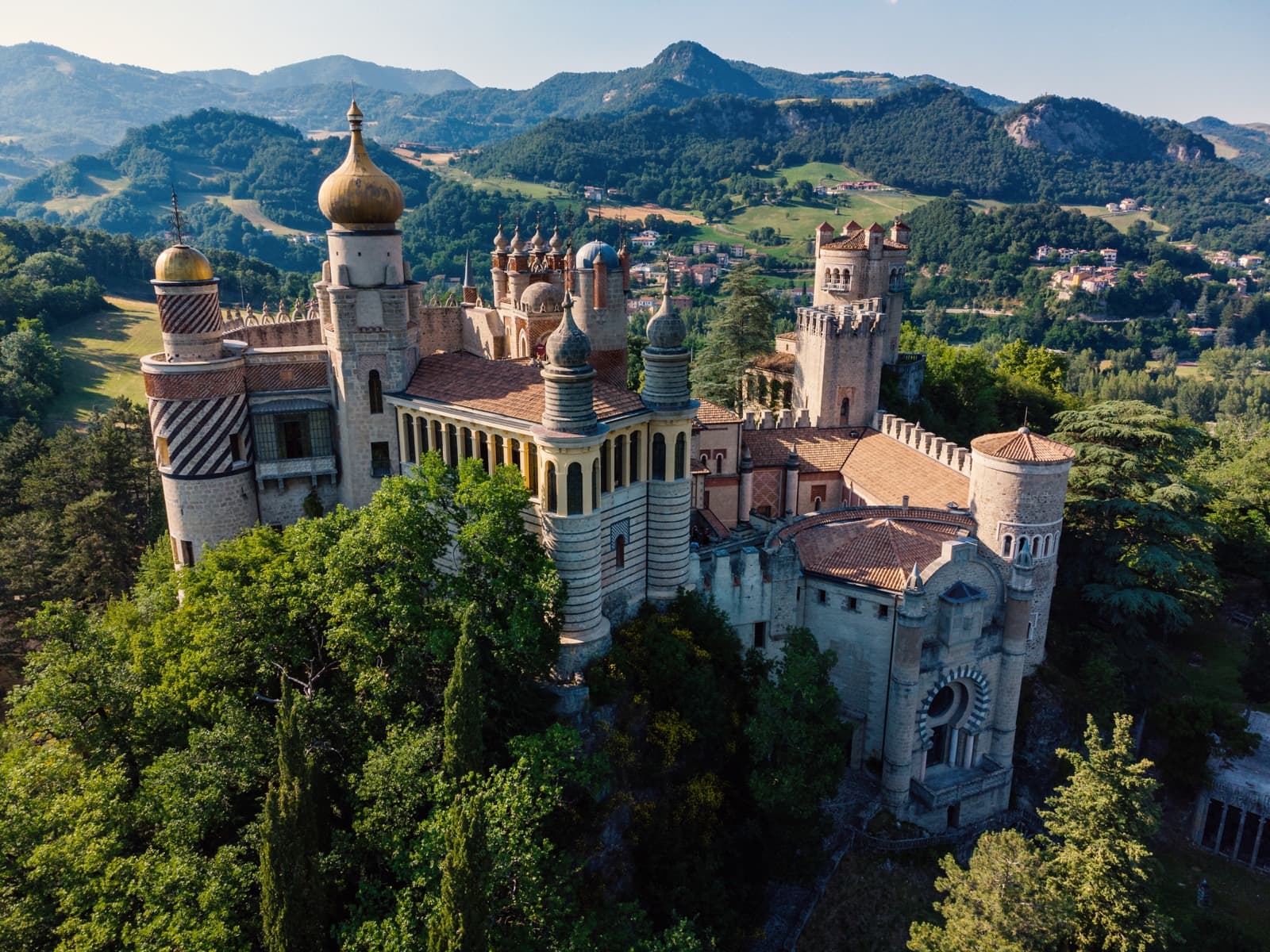
Rocchetta Mattei Ph. pio3 via shutterstock
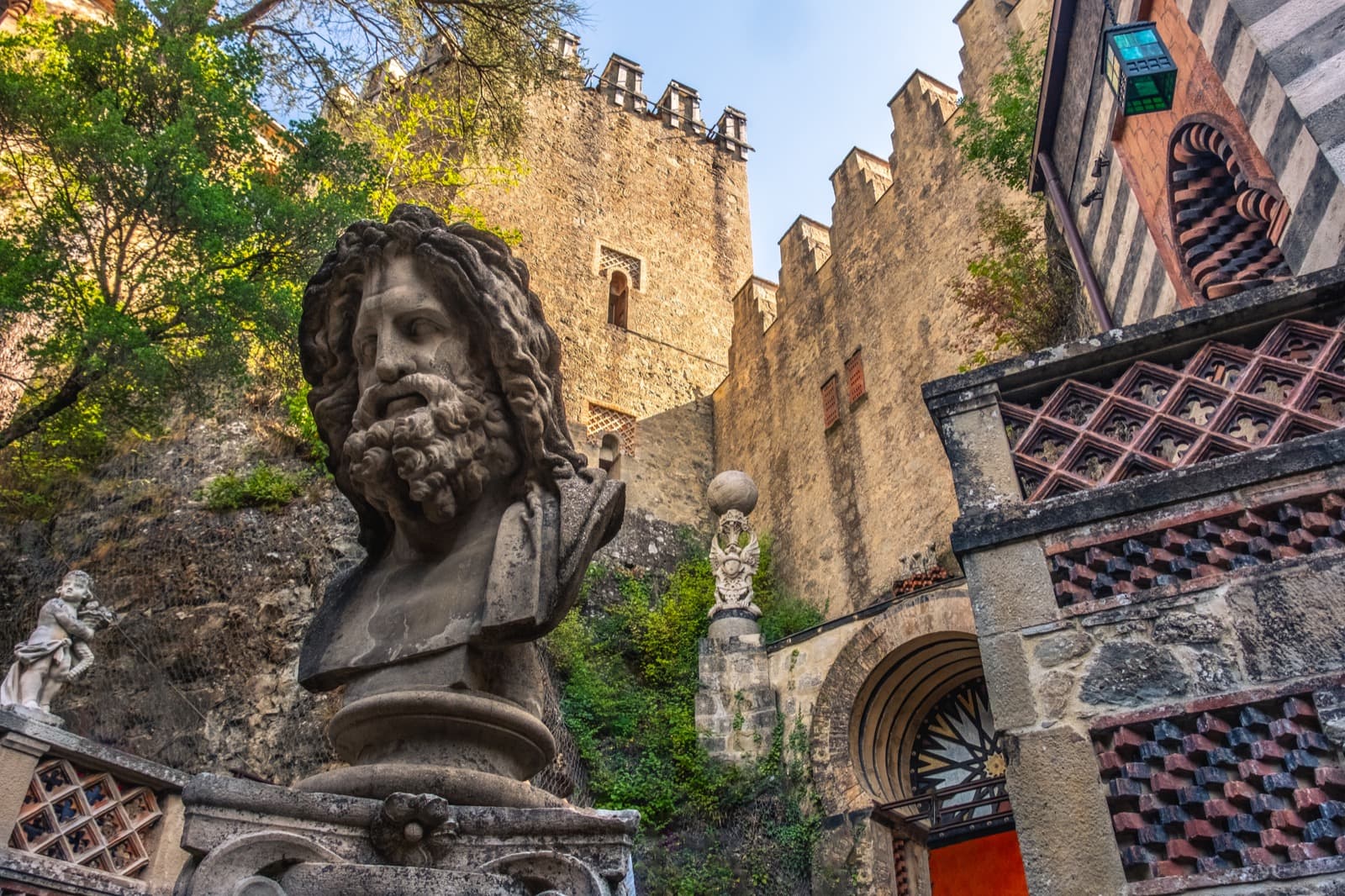
Rocchetta Mattei Ph. Luca Lorenzelli via shutterstock
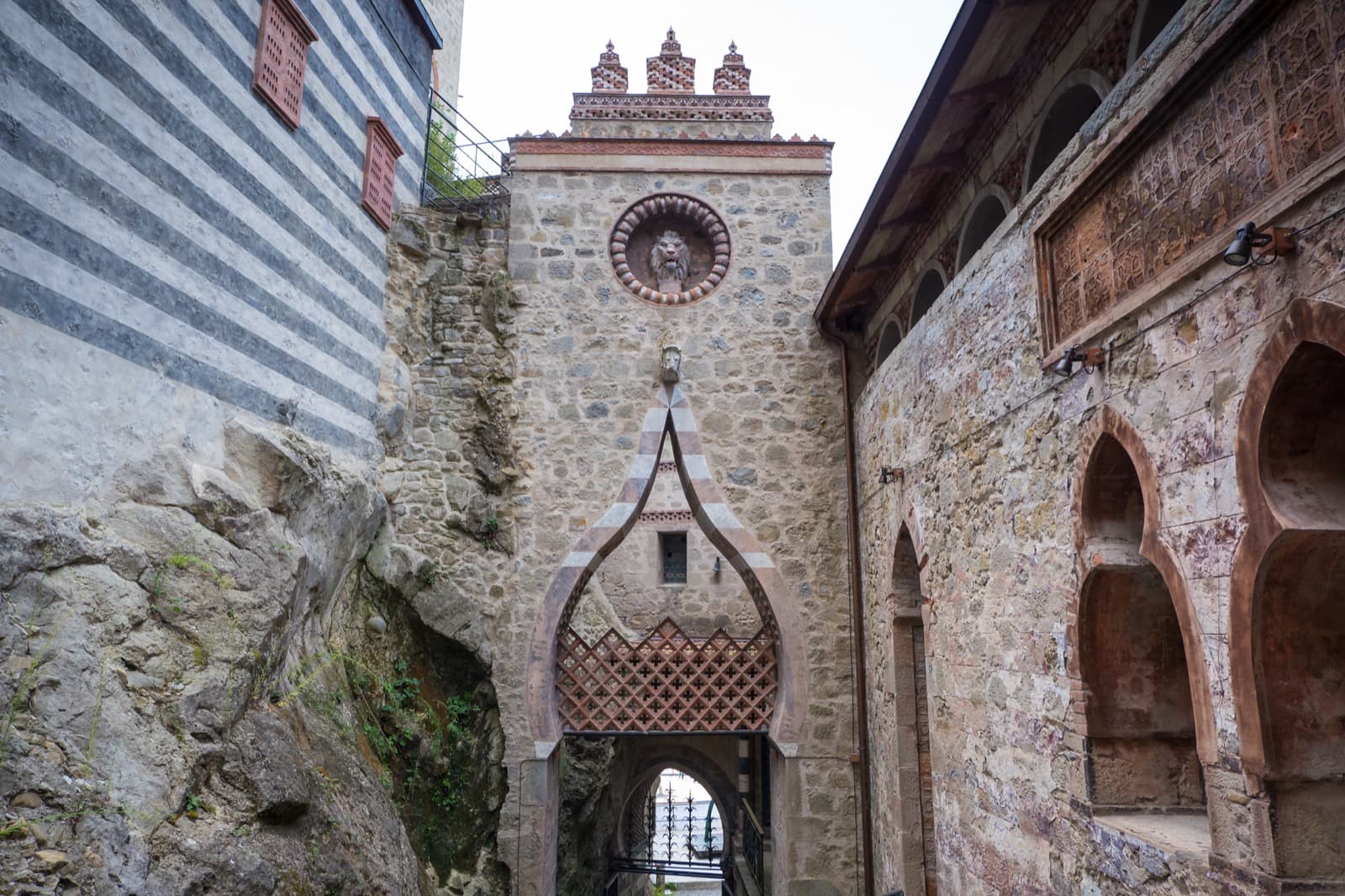
Rocchetta Mattei, ingresso Ph. pio3 via shutterstock solo uso editoriale
Born in Bologna in January 1809 into a wealthy family, Mattei grew up in contact with the greatest thinkers of the time. When his mother died in 1844, however, he left political and social life to retire and develop (albeit without a degree) a ‘new medicine’ that would be more effective than the traditional one, which had failed to cure his mother.
Within a few years, Mattei perfected a science based on combining homeopathic-like granules (the principles of which were extracted from medicinal plants and processed using a secret methodology) with 5 electrical liquids, useful for restoring the correct balance of the body’s electrical charges to ‘neutrality’.
Mattei’s medical practice soon spread throughout Europe and his remedies became very popular, even abroad. Mattei was even mentioned by Dostoevskji in The Brothers Karamàzov.
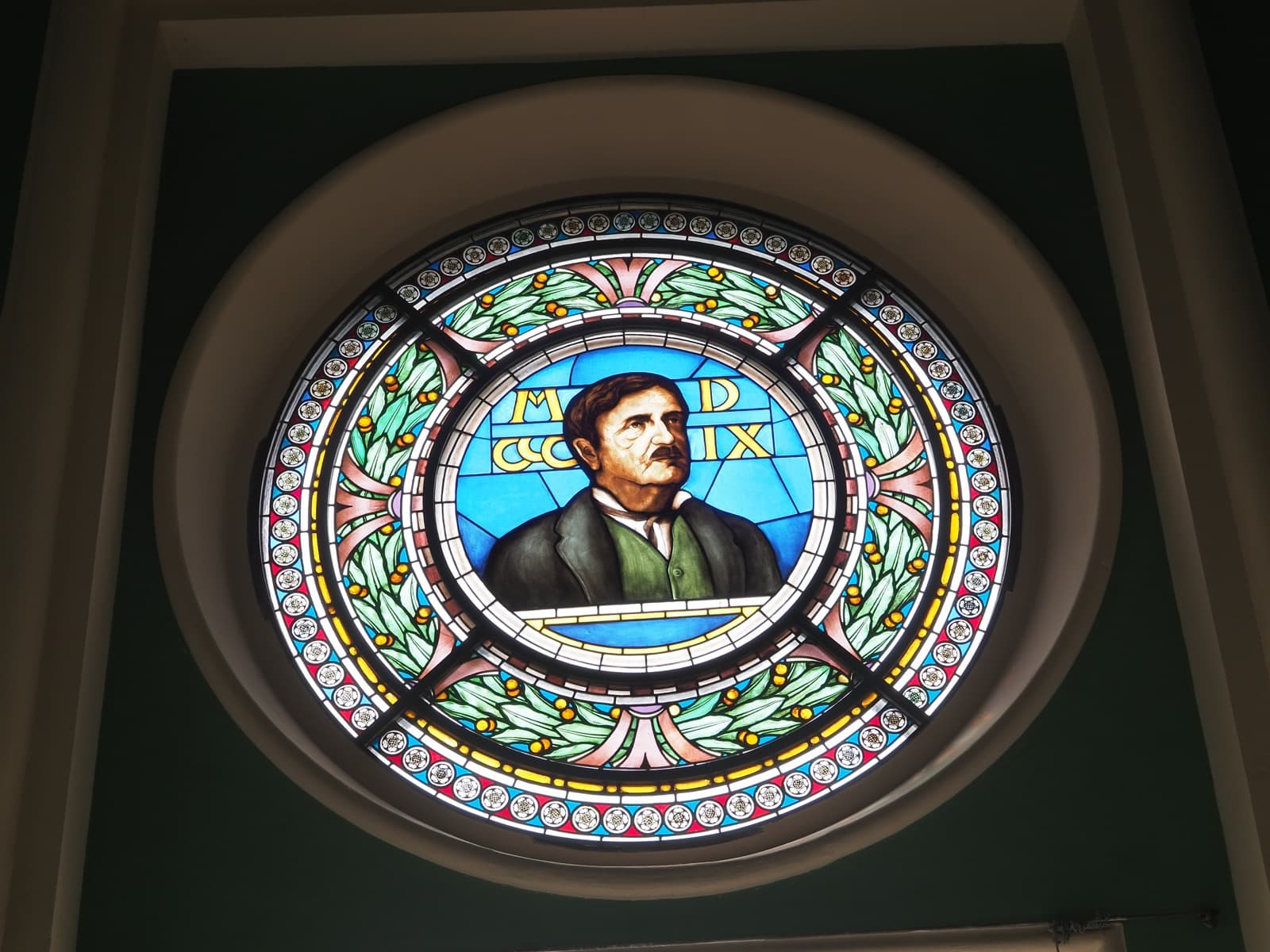
Rocchetta Mattei, dettaglio vetrata | Credit: Gaia Conventi, via Shutterstock (solo uso editoriale)

Rocchetta Mattei, vetrate | Credit: pio3, via Shutterstock (solo uso editoriale)

Rocchetta Mattei | Credit: matteo_it, via Shutterstock (solo uso editoriale)
Construction of the castle began in 1850 (on the ruins of the ancient fortress of Savignano, which probably belonged to Matilda of Canossa) and continued throughout the life of the count, who resided there and directed its rebuilding and expansion.
The castle was in fact conceived by Mattei to be the seat of his ‘new medicine’ and to house the people (including many illustrious guests of the time) who came to the Rocchetta from all over the world to learn about his particular science and be treated by him.
The structure of the castle was modified several times by the Count during his lifetime, making it a labyrinth of towers, monumental staircases, reception rooms and private chambers that recall different styles, from medieval to Moorish, from Art Nouveau to Gothic.
Among the most obvious decorative references are those to the Alhambra in Granada for the Lion’s Courtyard and to the Great Mosque of Cordoba for the chapel where the Count is buried.
Thanks to its very special atmosphere, Rocchetta Mattei was the backdrop for a crime novel by the Bolognese writer Loriano Macchiavelli, “Delitti di gente qualunque” (Crimes of ordinary people), and the film set for the films “Balsamus, l’uomo di Satana” (1968) and “Tutti defunti tranne i morti” (1977) by Pupi Avati and “Enrico IV” (1984) by Marco Bellocchio.
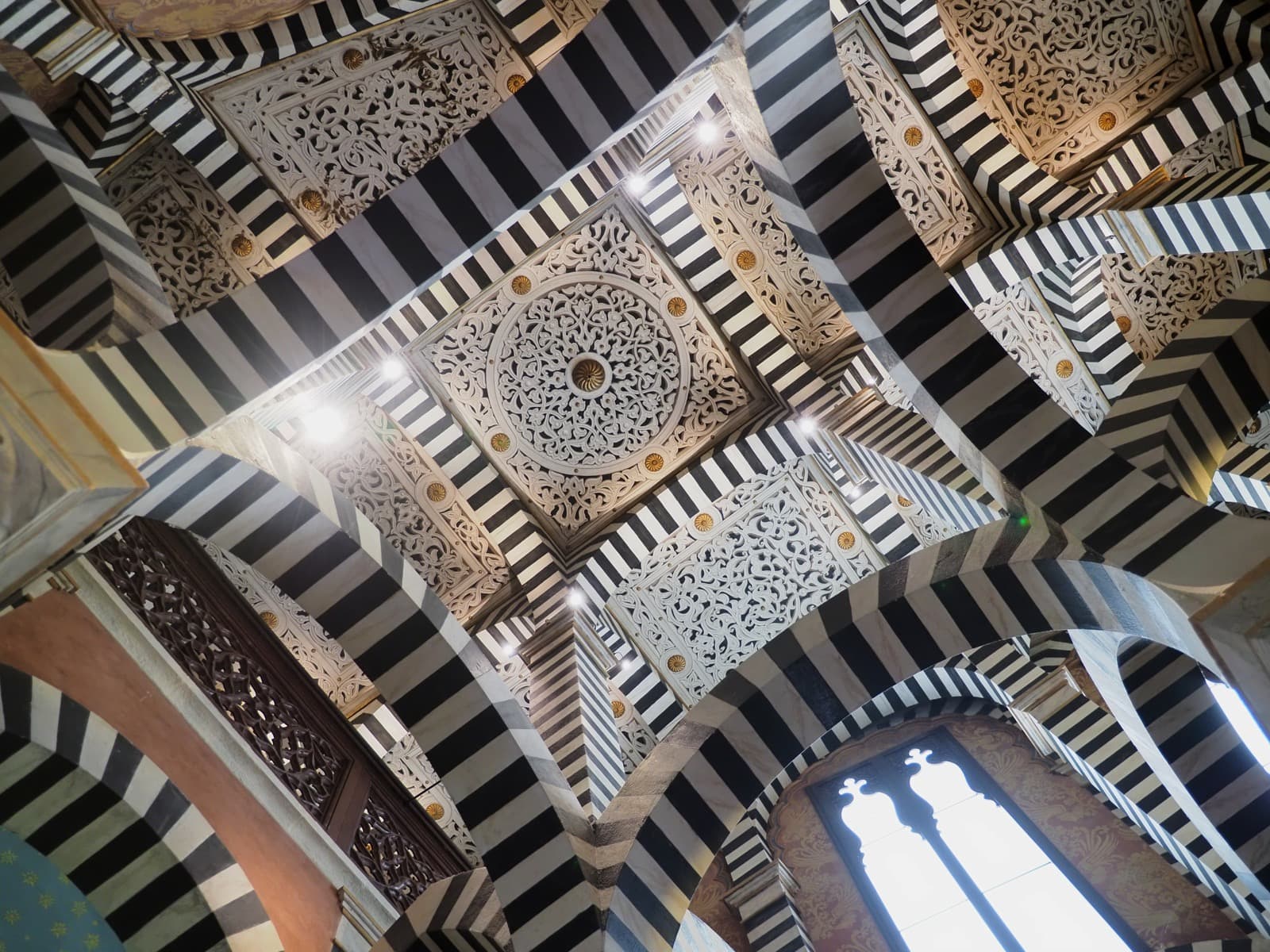
Rocchetta Mattei, arcate interne | Credit: Gaia Conventi, via Shutterstock (solo uso editoriale)

Rocchetta Mattei, arcate interne | Credit: Chiara Paolini, via Shutterstock (solo uso editoriale)

Rocchetta Mattei, corte interna | Credit: Gaia Conventi, via Shutterstock (solo uso editoriale)
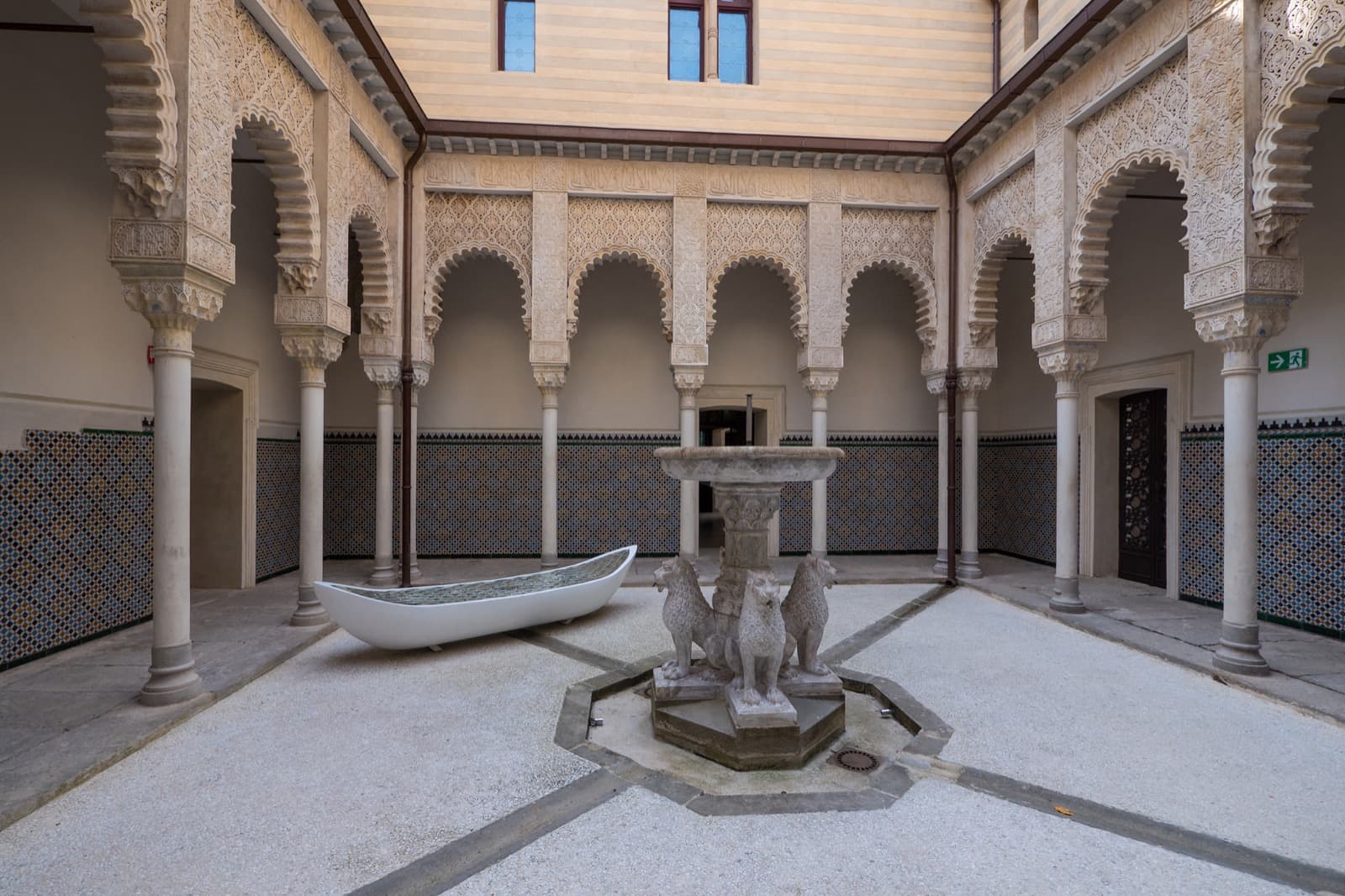
Rocchetta Mattei, corte interna | Credit: pio3, via Shutterstock (solo uso editoriale)
Upon Mattei’s death in April 1896, the villa was completed by his adopted son Mario Venturoli Mattei, who in parallel continued the production and distribution of ‘Rimedi Mattei’ until 1959, when the laboratories were forced to close.
After several attempts to sell it to the Municipality of Bologna or other institutions, the heirs concluded the sale with a local merchant, Primo Stefanelli, whose aim was to make it an attractive tourist attraction.
With Stefanelli’s death, however, the Rocchetta was permanently closed to the public.
Thanks to the Fondazione Cassa in Risparmio di Bologna, which bought it in 2005 and reopened it to the public in 2015, and to the Grizzana Morandi Municipality, which manages it (with the patronage of the Unione dei Comuni dell’Appennino Bolognese and the Città Metropolitana di Bologna), the Rocchetta Mattei is an architectural jewel that everyone can visit today.
How to reach Rocchetta Mattei
Rocchetta Mattei can be reached in a little over an hour’s drive from Bologna or Florence, or by train, getting off at Riola station and then reaching the Rocchetta on foot with a walk of about 20 minutes (1.4 km).
How to visit the Rocchetta Mattei
The Rocchetta can only be visited by appointment and is open on Saturdays and Sundays, with entrances every quarter of an hour from 10.00 am to 3.00 pm.
https://www.rocchetta-mattei.it/en/booking/Author
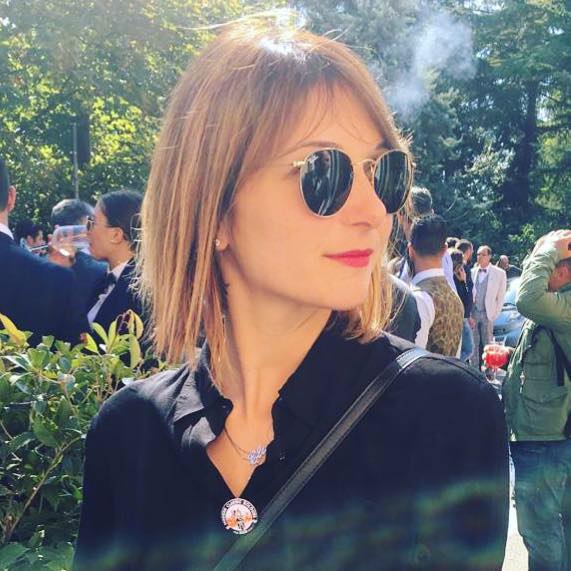
Elisa Mazzini
Social Media Manager for @inEmiliaRomagna and full-time mom.
You may also like
8 unmissable Castles in the lands of Guidi and Malatesta
by Walter Manni /// April 13, 2018
Dolce Vita in Valmarecchia: an itinerary among hamlets and hills
by Elisa Mazzini /// June 7, 2016

Interested in our newsletter?
Every first of the month, an email (in Italian) with selected contents and upcoming events.
10 good reasons to come in Emilia Romagna
by Davide Marino /// February 22, 2018
Getting Married in Emilia-Romagna: enchanting venues for your wedding
by Davide Marino /// August 27, 2018

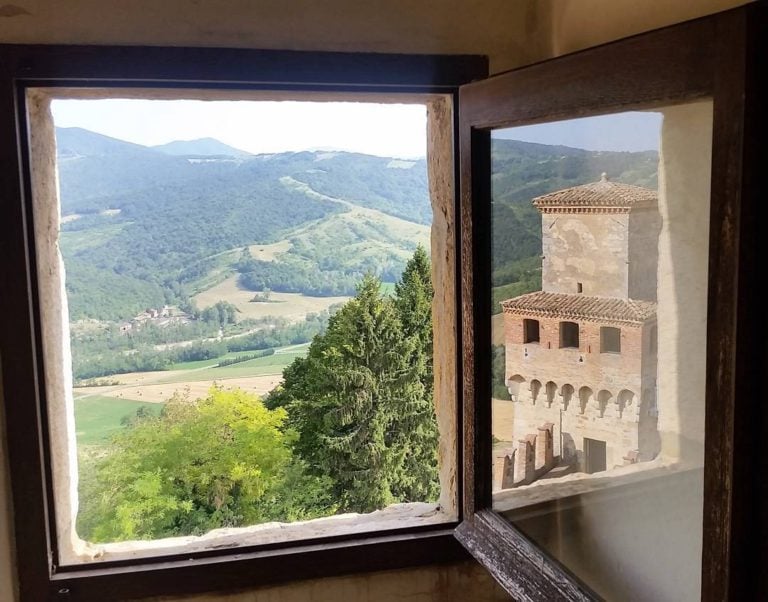

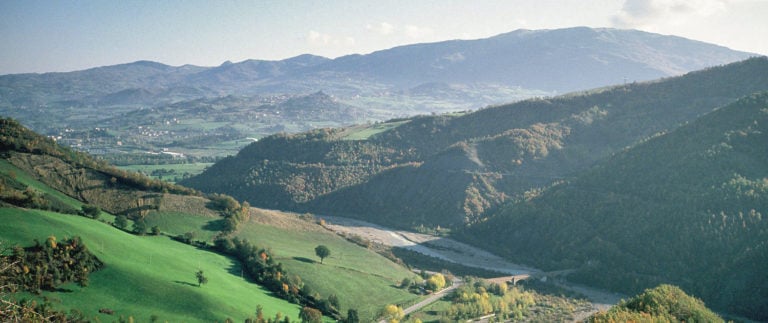

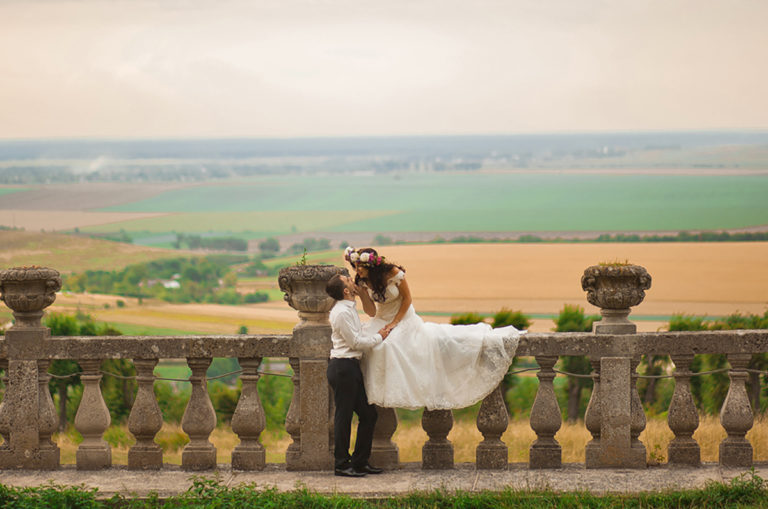
![[Emilia Romagna Art Cities] Bologna in 3 minutes](https://www.travelemiliaromagna.it/wp-content/uploads/2021/06/bo2016bolognabasilica_san_petroniow13574g1g4break-768x512.jpg)
Manuel
Estas edificaciones recrean el arte antiguo en la consrucción, en España tenemos algunas inspiradas en las antiguas culturas sobre todo la árabe por su inigualable belleza. En Sevilla existen muchas construcciones denominadas regionalistas que se construyeron en la Exposición Iberamericana del1929. Saludos.